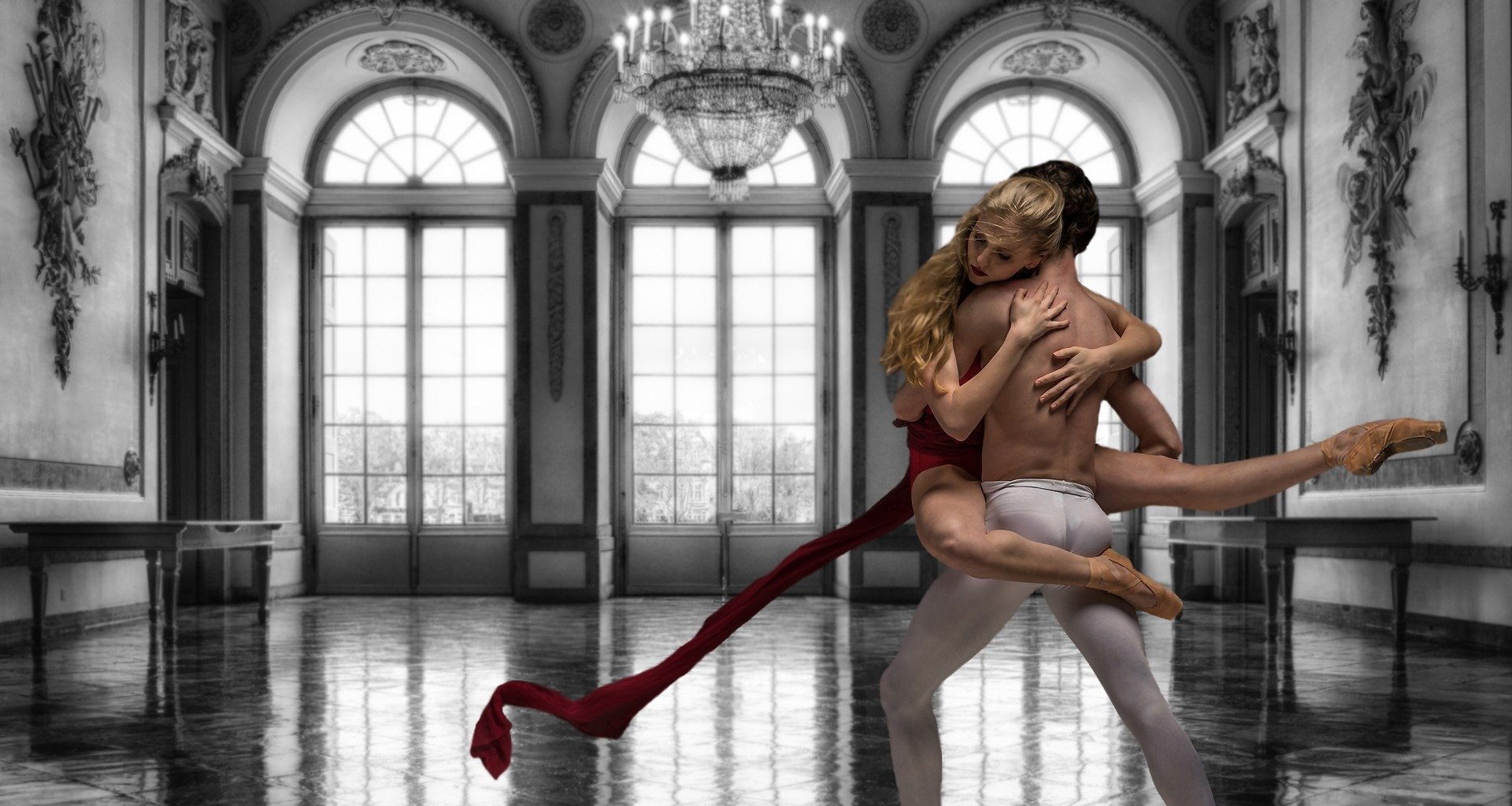NON BALLA DA QUASI DUE ANNI: IL MONDO DELLA DANZA, IN GINOCCHIO, CHIEDE AIUTO A GRAN VOCE
“In un momento di crisi come quello attuale, il mondo dello spettacolo dal vivo risulta particolarmente sofferente; è stato il primo settore economico a chiudere e sarà probabilmente l’ultimo a ripartire”. Queste le parole di Andrea Biancareddu, assessore alla cultura della Sardegna, rilasciate durante un’intervista lo scorso marzo. Biancareddu non è l’unico assessore alla cultura italiano ad esprimersi in questo modo nei confronti dell’industria dell’intrattenimento.
Infatti a partire dal primo lockdown indetto a Febbraio 2020, i teatri, i cinema e le scuole di danza sono stati costretti alla chiusura forzata. Soprattutto queste ultime, hanno risentito molto l’improvvisa interruzione. Oltre a non poter più concedere possibilità alle alunne e agli alunni di presentarsi in sala, sono stati annullati i saggi e le esibizioni di fine anno. Nonostante questo, molti istituti di ballo si sono attrezzati per cercare di continuare il proprio percorso di insegnamento anche online. Piattaforme come Google Meet e Zoom, scaricate rispettivamente da ventimila e quarantaseimila persone, sono risultate estremamente utili e le docenti di danza hanno iniziato a insegnare come svolgere la sbarra appoggiati ad una libreria o come eseguire un determinato passo nel proprio salotto.
Questa modalità di ballo a distanza è riuscita a far fronte quanto meno fino a giugno dello scorso anno quando, rispettando tutti i protocolli previsti, sono state riaperte alcune sale di danza per tre settimane in modo da permettere ai ragazzi e alle ragazze di riassaporare un poco di normalità. Nel momento in cui però, ad Ottobre 2020 è stato emanato un Dpcm che obbligava nuovamente la chiusura delle strutture, a gran voce il mondo della danza si è schierato unito per farsi sentire.
Sono stati organizzati numerosi flashmob e proteste pacifiche lo scorso inverno in molte città d’Italia; sui social ha iniziato a spopolare un hashtag, #salviamoladanza, con cui condividere i propri ricordi e tramite il quale sensibilizzare il mondo esterno riguardo alla posizione di grande precarietà non solo dei ballerini e delle ballerine, ma anche dei docenti.
“Tutti necessitano della dimensione sociale e umana della danza” – commenta Miriam Baldassari, Coordinatrice Nazionale Danza e Sport Italia- “l’incontro, lo scambio, il confronto empatico che si crea durante le lezioni di qualsiasi disciplina rende la danza indispensabile al nostro tessuto sociale.”
In questo momento le sale di ballo continuano ad essere chiuse, ma il mondo della danza continua a dimostrarsi forte e capace di portare positività e serenità anche dopo quasi due anni di stasi.
IT HASN’T DANCED IN ALMOST TWO YEARS: THE WORLD OF DANCE, ON ITS KNEES, CRIES OUT FOR HELP
“At a time of crisis like the current one, the world of live entertainment is particularly suffering; it was the first economic sector to close and will probably be the last to restart”. These are the words of Andrea Biancareddu, Councillor for Culture of Sardinia, released during an interview last March. Biancareddu is not the only councillor for Italian culture to express himself in this way towards the entertainment industry.
In fact, since the first lockdown in February 2020, theaters, cinemas and dance schools have been forced to close. Especially the latter, who have suffered a lot of sudden interruption. In addition to being unable to give the possibility to the students to present themselves in the studio, the recitals and performances at the end of the year were cancelled. Despite this, many dance institutions have equipped themselves to try to continue their teaching path also online. Platforms like Google Meet and Zoom, downloaded by twenty thousand and forty-six thousand people respectively, were extremely useful and dance teachers began to teach how to play the bar leaning against a library or how to perform a certain step in their living room.
This mode of dance at distance has managed to cope at least until June of last year when, respecting all the protocols provided, some dance halls have been reopened for three weeks to allow boys and girls to savor a little normality. At the time, however, in October 2020 was issued a Dpcm that again forced the closure of the structures, loudly the world of dance united to be heard.
Numerous flashmobs and peaceful protests were organized last winter in many cities of Italy; on social media began to depopulate an hashtag, #salviamoladanza, with which to share their memories and through which to sensitize the outside world about the position of great precariousness not only of the dancers, but also of the teachers.
“Everyone needs the social and human dimension of dance” – comments Miriam Baldassari, National Coordinator of Dance and Sport Italy- “the encounter, the exchange, the empathic confrontation that is created during the lessons of any discipline makes dance indispensable to our social fabric.”
At this moment dance studios continue to be closed, but the world of dance keeps on proving itself strong and able to bring positivity and serenity even after almost two years of stasis.
Massarini
